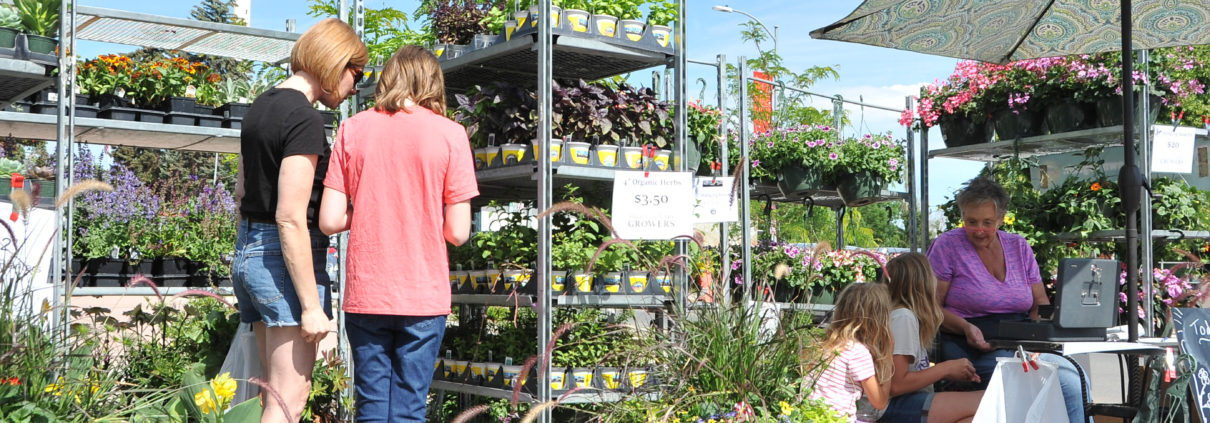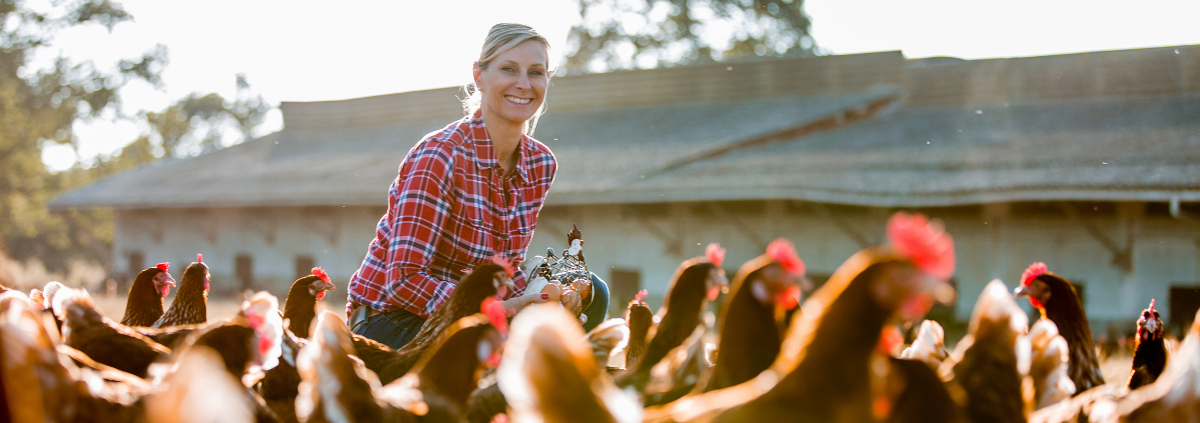Developing a Market Budget and Bookkeeping
Getting a new market off the ground requires some initial start-up money. Start-up costs can include printing for vendor recruitment and publicizing the market, advertising, signage such as banners or sandwich boards to guide customers to the market, and liability insurance if not provided by the site owner. Depending on the site and property owner specifications, portable toilets may be required.
Fundraising for the Market
To help cover initial start-up costs of the market, or to grow the capacity of the market, which could include paying a part-time market manager, it is likely you will have to do some fundraising. Some revenue can be generated for the market from vendor booth fees and market merchandise; however, insufficient market revenue is one of the top five challenges that markets face. Without funding to support paid hours for a dedicated market manager, promotional and outreach materials, insurance, or any other fixed expenses, a market can find itself struggling to survive.
One of the roles of market leadership is to determine where these revenue streams will come from. Here are a few ideas:
Sponsorships: Develop a tiered sponsorship program that allows businesses to financially support the market at different levels in exchange for recognition through the market’s advertising. Local government offices, such as parks or community development departments, could be potential sponsors, including your local Chamber of Commerce, or civic organizations such as Exchange, Lions, and Rotary Clubs.
In-Kind Donations: Services or skills donated by businesses or individuals, in exchange for advertising from the farmers market, are a great way to build a partnership with community members.
Friends of the Market: A “Friends of the Market” organization may be started by an individual or by the market itself. Friends of the Market are sometimes incorporated as a nonprofit to conduct fundraising and apply for grants that can help support the market financially.
Cash Donations: Set up a donation box at the market information table to allow direct donations from customers (just remember not to leave it unattended). Most websites and some social media platforms support a donation button that allows visitors to make donations directly to the market.
Special Events: Special events differ from regular market day events like live music, and they require more organization. This may take the form of a ticketed event, such as a dinner and silent auction, where the proceeds of the event go to supporting the farmers market. Sometimes these events require some financial investment, and that’s where partnerships with area businesses and local restaurants can be useful to help offset the initial costs.
Vendor Fees: As a market grows, it may be necessary to update its vendor fee structure. Some markets require a yearly membership fee from vendors, as well as the booth fee to sell at the market (paid weekly or in advance). Vendor fees will only be a small part of what is required to run the market but reviewing the amounts and updating requirements as the market grows is something to consider.
Grants: Applying for state or federal grants that support farmers markets and local foods is another option. The Farmers Market Promotion Program is a federally funded grant program that is available annually. Montana grants include the Montana Specialty Crop Block Grant (SCBG) Program and the Montana Growth Through Agriculture (GTA) Grant/Loan Program
Resources
Best Practices for Market Bookkeeping, Washington State Farmers Market Management Toolkit Website
Raise Money and Build Community with Engaging Online Fundraising, Farmers Market Coalition Website
Ypsilanti Farmers Market Sponsorship, (pdf direct download)
La Grande Farmers Market Sponsorship Brochure, La Grande Farmers Market Website
Federal Grant Example, Troy Farmers Market, (pdf direct download)







